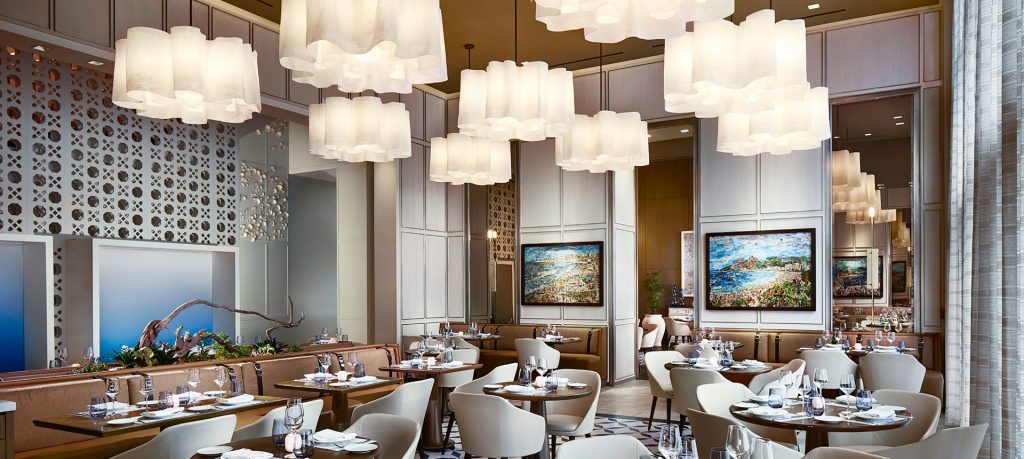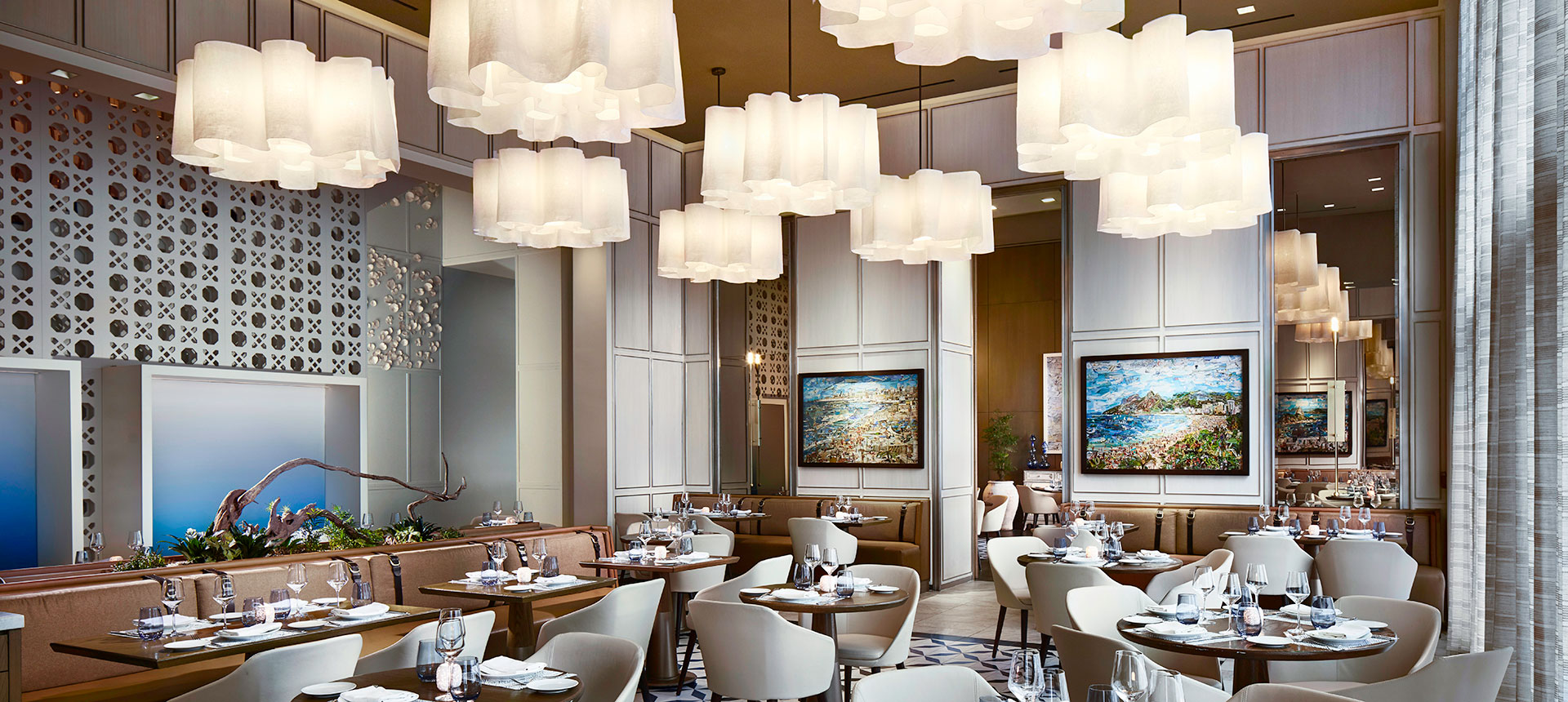
Six in 10 restaurants don’t survive past their first year of operation, and around 80% of restaurants close within five years. These grim statistics show how difficult it is to survive—let alone thrive—in the food industry. If you’re considering entering this competitive field, learning how to open a restaurant is crucial for increasing your chances of success.
However, all is not lost. Following simple and practical best practices can help entrepreneurs set their restaurants up for success.
Here are some critical steps on how to open a new restaurant:
1. Feasibility Study
Conduct a thorough restaurant feasibility study to determine the probability of success for your project. This quantitative and qualitative research will answer whether your concept is viable in your chosen location.
Questions raised in the feasibility study should lead to these answers:
- Primary competitors in the locality
- Market demand for food businesses in general
- Market demand for the specific restaurant concept
- Target demographics
- Risks and rewards of opening the restaurant
This data and more will help you make practical decisions regarding opening your restaurant in your chosen community.
2. Brand Development
During the feasibility study, you will find many different restaurants in your community. Establishing a brand identity for your own enterprise will differentiate it from other food businesses.
Tell a good story about your restaurant, one that makes it relatable and enticing to your target market. Branding will touch on your restaurant name, concept, slogan, menu, and customer service. All of these components should be consistent and deliver top-notch dishes to your guests.
3. Restaurant Design
Once you establish your brand concept, it is easier to work on the design of your restaurant.
What are the factors to consider when creating a restaurant design?
Concept
Are you going for formal or casual? Will you serve American, Italian, Mexican, or fusion? The answers to these questions will help you create a design matching your food and overall brand.
Layout
Restaurants should strike a balance between aesthetics and function, and their design must not get in the way of practical operational requirements. The ideal configuration gives way to efficiency, which leads to faster service and satisfied customers.
Lighting
Your light fixtures should show off your interior design and set your desired vibe. Consider energy efficiency when setting up your lighting systems to reduce operational costs and increase profitability.
4. Operational Programming
Restaurant operations management refers to the system that will help managers and owners oversee day-to-day operations. To establish order and uniformity, you must create a detailed restaurant manual that outlines every detail and step involved in running the business.
These are some of the most critical elements of a restaurant manual:
- Restaurant concept and explainer
- Human resources
- Guest services
- Ingredient sourcing
- Food handling and safety
- Pre-service and post-service cleaning
- Equipment maintenance
- And more
5. Opening and Post-Opening Remote Managerial Support
The steps for how to open a restaurant are multi-layered and complex, and it doesn’t end even after you have officially opened. The hard part has just begun—you must track and monitor your income and expenses, maintain employee records, oversee operations, and more.
Use a remote management system to minimize manual tasks and increase efficiency. After all, time is money. A robust remote management system streamlines inventory management, staff scheduling, and accounting, among others.
The Bottom Line
Opening a restaurant is undoubtedly a satisfying achievement. However, success isn’t always guaranteed. Following practical steps on how to open a restaurant can help entrepreneurs succeed in a difficult industry.
TRG Restaurant Consulting has partnered with many restaurants, providing customized solutions for business plans, designs, and management. If you need these services and more, get a free quote today.





